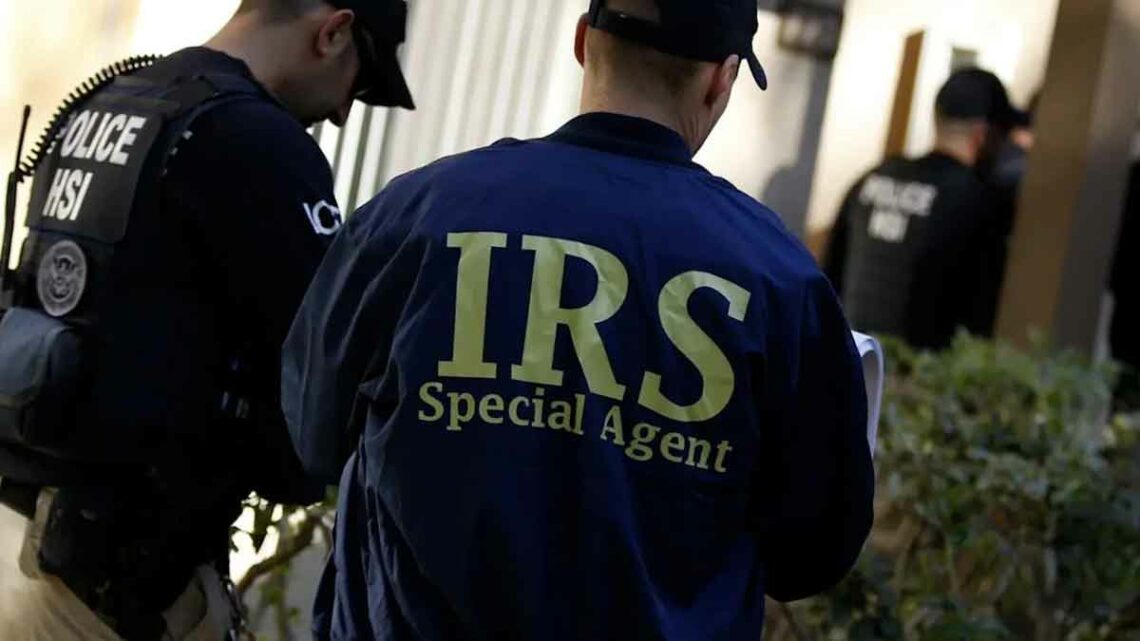The IRS has published the option to receive a $3,600 refund aimed at easing the financial burden for millions of families. However, not everyone will be eligible, as certain requirements need to be met. This assistance is part of the Child Tax Credit, a bonus designed to support families experiencing financial hardship, and it will be provided through the tax filing process.
What is this IRS assistance and how much money can you receive with the Child Tax Credit?
Before continuing, it is important to note that the Child Tax Credit was implemented as a measure to help families, almost like an oxygen tank. This way, parents, guardians, and caregivers could have greater ease in covering their children’s expenses. The goal is to reduce the tax burden for households with children, either by paying less in taxes or receiving a refund.
The maximum amount available through this Child Tax Credit is $3,600 for each qualifying child. However, the amount may vary depending on the taxpayer’s state of residence and financial situation. Additionally, it is important to note that not everyone will receive the full amount; the refund will depend on each family’s tax obligations. This means that families with fewer tax obligations will receive a smaller amount of assistance.
What are the requirements to qualify for the Child Tax Credit?
As mentioned earlier, not all families can benefit from this Child Tax Credit. To be eligible for this refund, certain requirements must be met:
- The child must be listed as a dependent on the taxpayer’s tax return.
- The child must have lived with the person claiming the assistance for at least half of the tax year.
- The taxpayer must have provided at least half of the child’s financial support.
- The child must have a valid SSN.
- The child must be a direct relative (child, stepchild, sibling, or grandchild).
Another factor that will determine eligibility for the Child Tax Credit is the Modified Adjusted Gross Income (MAGI). This limit is set at $400,000 for joint filers or $200,000 for single filers. If the taxpayer exceeds these limits, the refund will be reduced by $50 for every $1,000 over the threshold.






